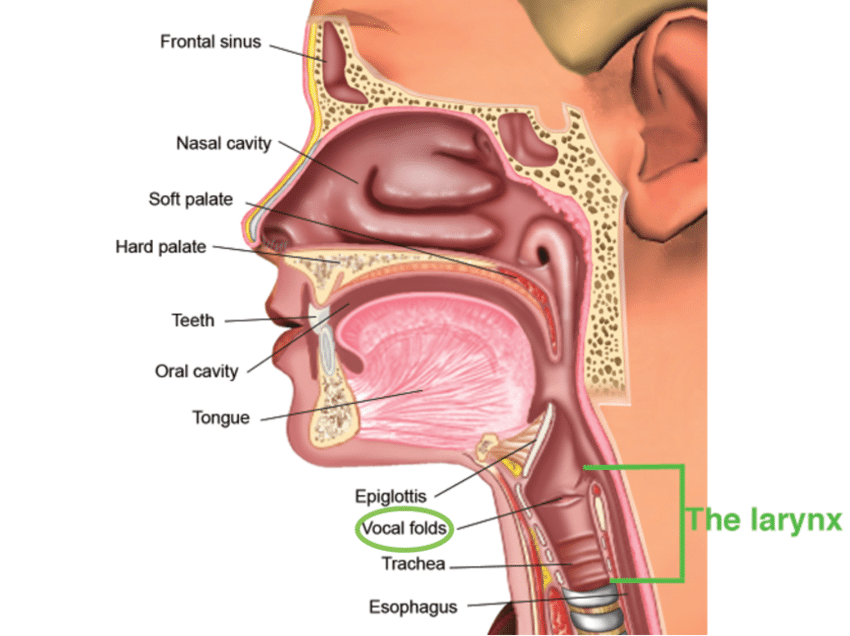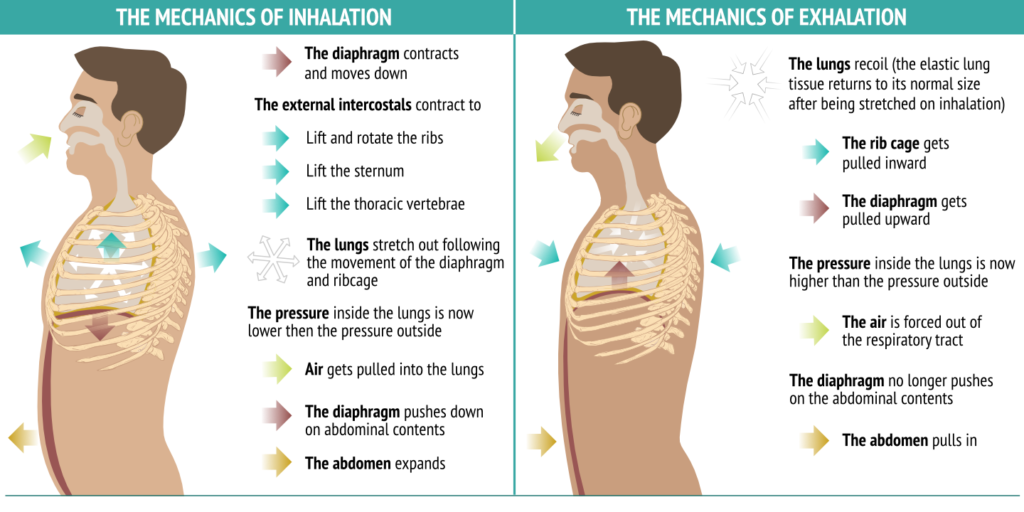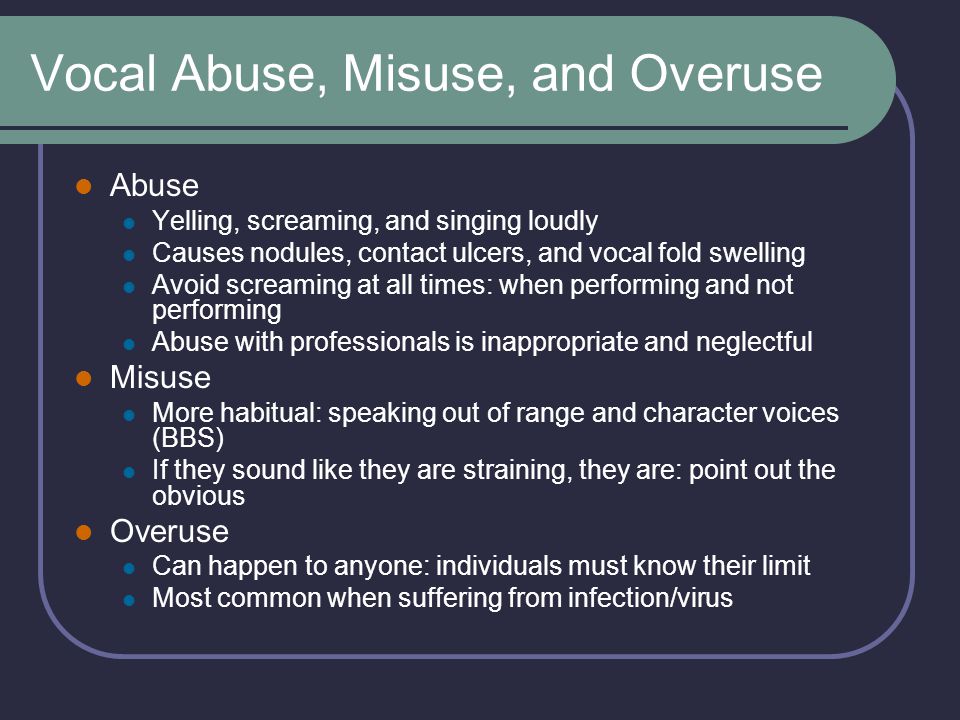The science of vocal brilliance and tips for a healthier and more powerful voice for singers.
The human voice apparatus resembles a musical string instrument in many ways. A musical string instrument consists of vibrating strings and a resonating chamber, requiring an external force to set the strings into motion. Let’s consider the guitar as an example: it features vibrating strings and a hollow body filled with air. When the strings are struck, they vibrate, producing sound that is then amplified by the air within the body.
Similarly, in our vocal apparatus, the vibrating elements are the twin vocal cords, which are set into motion by the expiratory air column. The resulting sound is initially weak and lacks distinct character. However, this sound is subsequently enhanced in character and volume by the air within the throat, nose, and sinuses—a phenomenon referred to as resonance.

This implies that to possess a strong and pleasing voice, one must possess good breathing capacity, maintain healthy vocal cords, and have a well-functioning resonating column. Achieving good breathing capacity necessitates having healthy lungs, a strong heart, and a normal chest cavity. Equally important is mastering effective breathing techniques, which can be classified into two categories: chest breathing and abdominal breathing. Conversely, two unfavorable breathing techniques to avoid are neck breathing and paradoxical breathing.
How can you identify your breathing style?
Perform the following simple test: place your right hand over the front of your chest wall and your left hand over the anterior abdominal wall. Inhale deeply through your nose and observe the movements of your hands. In chest breathing, the upper hand will expand outward during inspiration, while in abdominal breathing, the lower hand will protrude outward. In some individuals, a combination of both types may be present. In neck breathing, neither hand will move significantly, and there will be no noticeable prominence in the neck muscles during breathing. Conversely, in paradoxical breathing, the lower hand will retract during inspiration.

Pitch and loudness control: Pitch and loudness are primarily controlled by the vocal cords themselves. When the vocal cords lengthen and thicken, the pitch becomes lower, while increased tension in the vocal cords results in a higher pitch. Loudness, on the other hand, is determined by the force of the expiratory air blast.
Resonance control
The control of resonance is primarily governed by the nose and palate. When sound waves predominantly pass through the nose, it is termed a hypernasal voice. Conversely, if a person speaks as if they have a nasal blockage, it is called a hyponasal voice. Generally, a hypernasal voice suits songs with a romantic mood, while a hyponasal voice is more appropriate for songs with a sad mood.
Voice abuse and misuse
Vocal abuse: Excessive use of one’s voice is referred to as vocal abuse and improper usage is termed voice misuse. Both should be avoided to maintain vocal tract health. Common examples of vocal abuse include speaking or singing too loudly or rapidly. Continuous talking, especially in noisy environments, shouting, screaming, and vocalizing during physically demanding activities like dancing are also detrimental to the voice. Singing or speaking in polluted environments or after consuming alcohol or smoking cigarettes are unhealthy habits to be avoided.
Vocal misuse: Improper use of one’s voice is categorized as vocal misuse. An example of this is consistently speaking at a pitch that is not suitable for one’s vocal cords. The optimum pitch is the one that best suits the individual’s vocal cords.

Vocal hygiene: Maintaining vocal hygiene involves avoiding vocal abuse and misuse. Adequate hydration is essential for the smooth functioning of the vocal cords, making it advisable to drink plenty of water. Breathing humidified air, which can be achieved by mouth-breathing in the shower, is soothing for the vocal cords. Avoiding dehydrating agents such as coffee and alcohol is also crucial. Establishing regular eating habits and avoiding extremely spicy foods can prevent acidity, which is detrimental to the vocal cords. It is recommended to consume neither very hot nor very cold foods.
Warming up: Warming up is a beneficial practice before any major performance. If possible, place the most challenging piece in the middle and select less strenuous songs for the beginning and end of the performance—this is known as vocal pacing. Observing half an hour to one hour of complete voice rest every day is also a beneficial habit.
Click here to read the first part of this series
To be continued…




